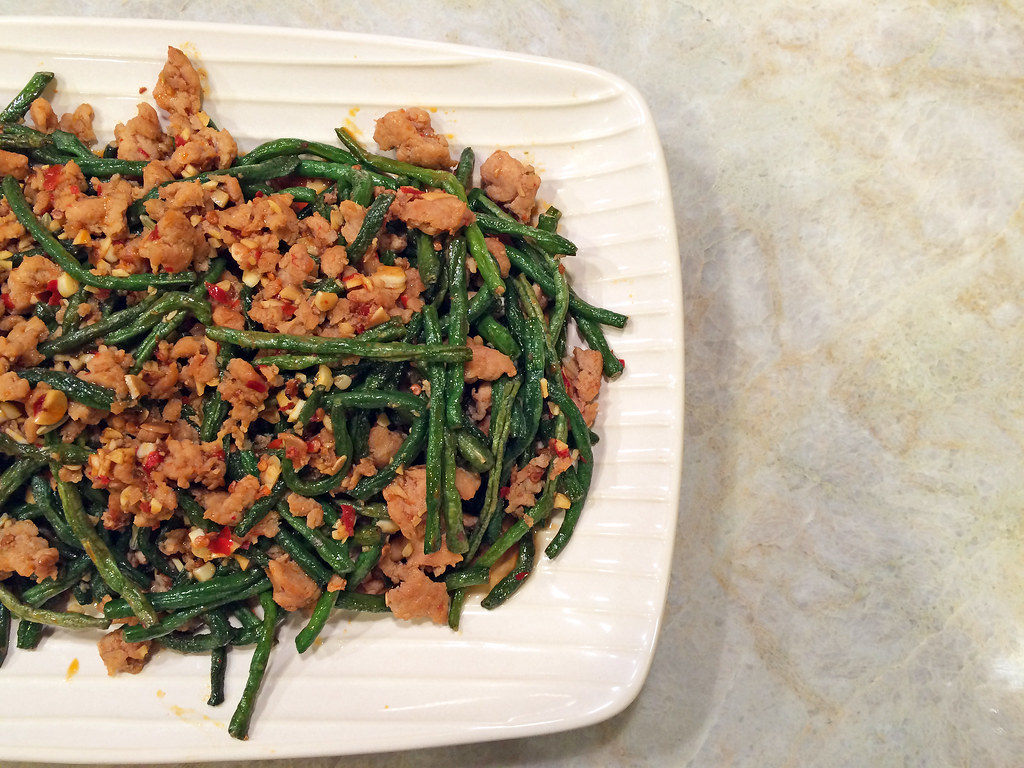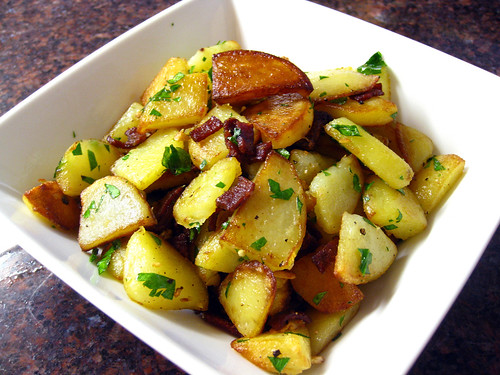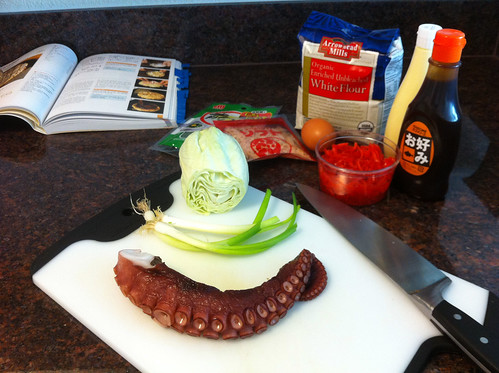I guess kimchi fried rice has officially arrived since I noticed last week that Trader Joe’s now sells it, prepared and frozen. But why?! I thought to myself. Kimchi fried rice is so easy to cook!
Kimchi is one of my favorite foods (at the moment I have three jars sitting in the fridge), and this is one of my go-to dinners. If you already have day old rice, putting this dish together takes only minutes. There are endless variations, but don’t substitute the butter. A little goes a long way here. Lastly, use overripe kimchi. If you have a jar that’s at least a couple of weeks old, the flavor will be perfect for fried rice.
Ingredients
1 cup overripe kimchi, cut into bite size pieces
2 cups day-old rice, chilled
2 tablespoons cooking oil
1 tablespoon butter
1/2 tablespoon gochujang, or Korean red pepper paste
1 teaspoon soy sauce
1 T sesame oil
1/2 green onion, thinly sliced
2 eggs
1/2 teaspoon shredded nori seaweed, for garnish
1. Heat a frying pan or wok on medium heat and add butter. Add the kimchi and fry for 5 minutes, until it is slightly browned. Add gochujang and stir. Remove kimchi from pan and set aside.
2. Add 1 tablespoon cooking oil to pan and fry 1 egg, stirring to break up into bite-sized pieces until cooked through, about 2 minutes. Add kimchi mixture back to pan.
3. Add the rice to pan and mix thoroughly. Add soy sauce and sesame oil and mix again. Turn off heat and the rice mixture aside.
4. Heat remaining tablespoon of oil in a small frying pan over medium heat and crack remaining egg in pan. Cover the pan and cook until the egg white is solid, about one minute.
5. To serve, put the rice mixture in a serving bowl, and top with the fried egg and shredded nori.






